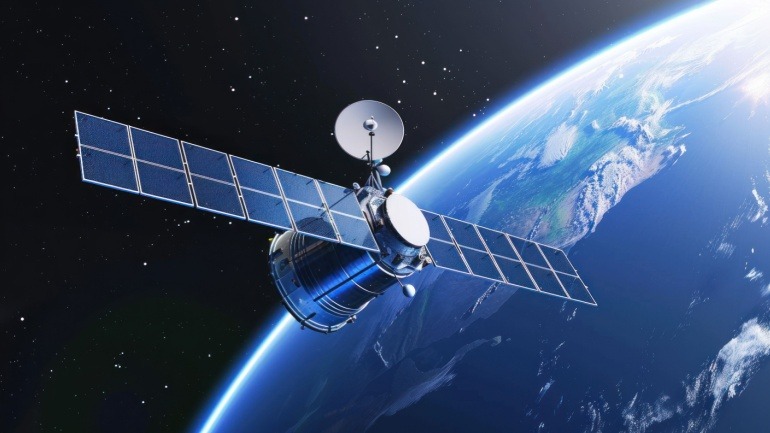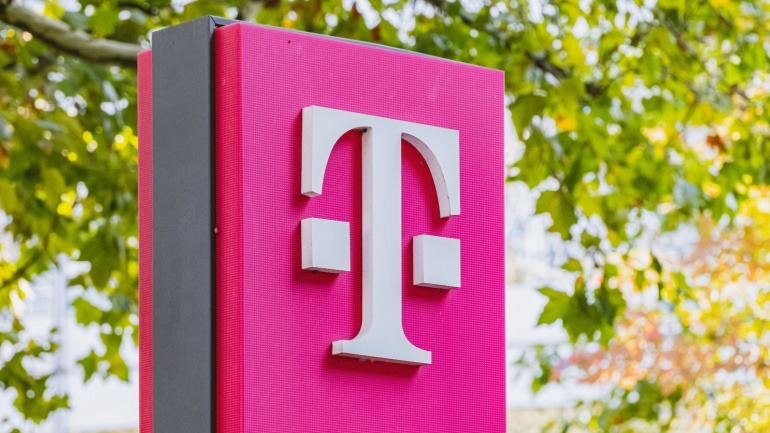Deutsche Telekom is set to make a significant investment in the IRIS2 satellite project, a groundbreaking initiative by the European Union to create a multi-orbital satellite communication constellation. This ambitious project, formally known as Infrastructure for Resilience, Interconnectivity and Security via Satellite, aims to enhance Europe’s digital infrastructure by leveraging cutting-edge satellite technology.
The projected benefits of the IRIS2 project are vast and multifaceted. The initiative’s primary goal is to reinforce Europe’s technological sovereignty. In line with this vision, Deutsche Telekom will contribute its expertise by developing advanced IT and data center services, along with secure networks and a 5G core network. Claudia Nemat, Board Member for Technology & Innovation at Deutsche Telekom, affirmed: “Our continent needs connectivity that is both secure and modern. With IRIS2, we achieve exactly that and strengthen Europe’s technological sovereignty.”
The satellite network promises enhanced connectivity for public, private, and B2B customers. It will bolster sectors such as surveillance, civil protection, crisis management, and national security. Additionally, the improved broadband access via the satellite network will address connectivity gaps in both rural and urban areas.
A total of 282 satellites, according to today’s announcement, will be deployed, with 264 in low Earth orbit (LEO) for communication services and 18 in medium-Earth orbit (MEO) to extend global coverage. Despite earlier notifications suggesting a different satellite count, the project remains on track for a 2030 operational target.
The SpaceRISE consortium, consisting of companies like SES, Eutelsat, and Hispasat, is entrusted with bringing this ambitious project to life. The European Commission signed a 12-year concession contract with this consortium in December, promoting a robust public-private partnership. This innovative collaboration is backed by public investments from the European Union and the European Space Agency (ESA) alongside private funding from consortium members.
Despite the optimistic outlook, the project’s future funding is contingent upon legislative approval beyond 2027. The European Parliament and Council’s adoption of successor programs, along with the availability of appropriations, will determine continued financial support.







